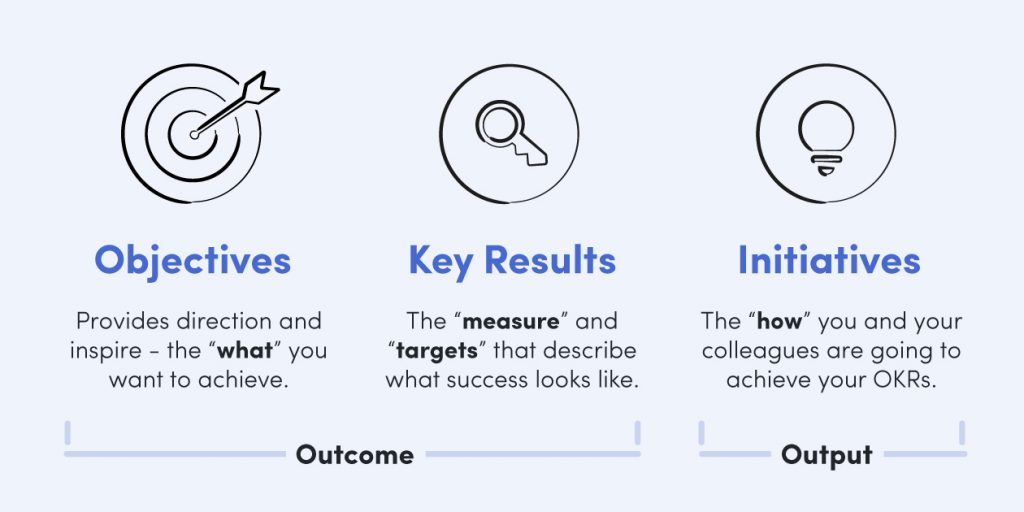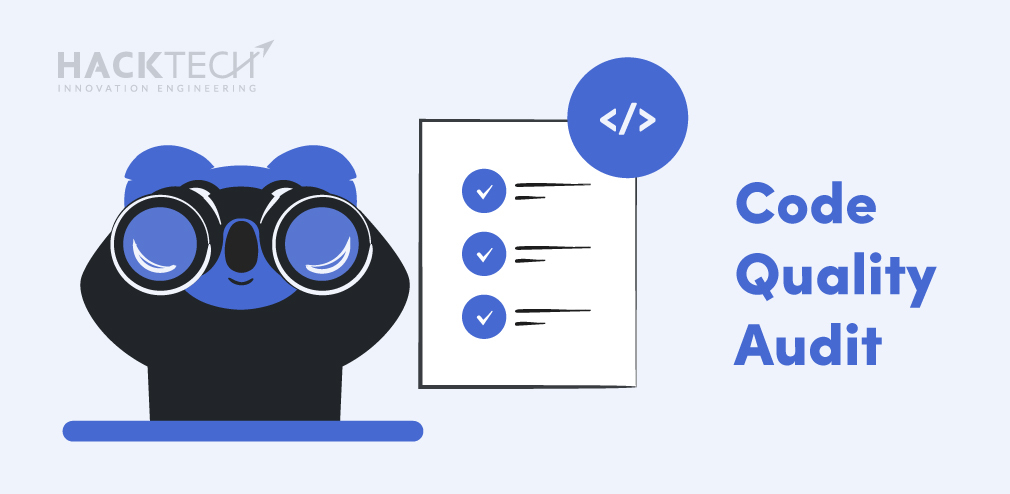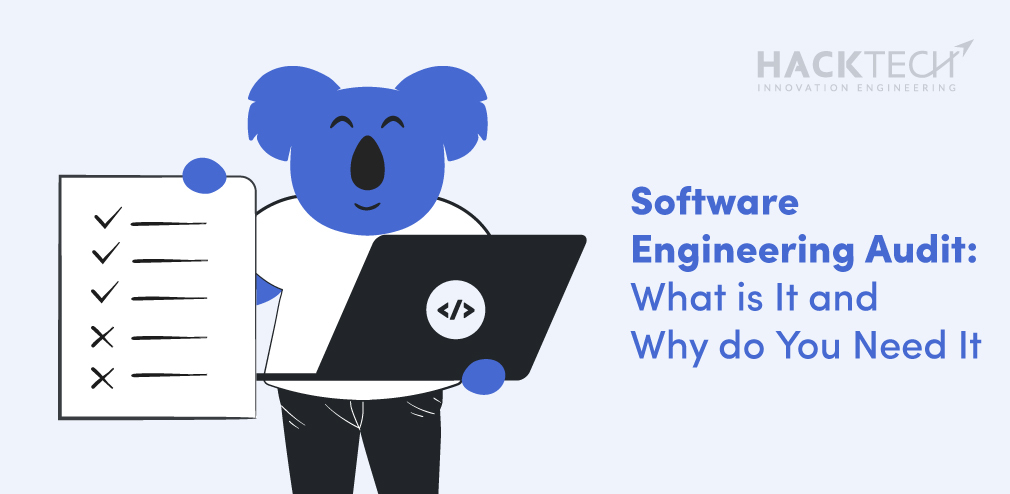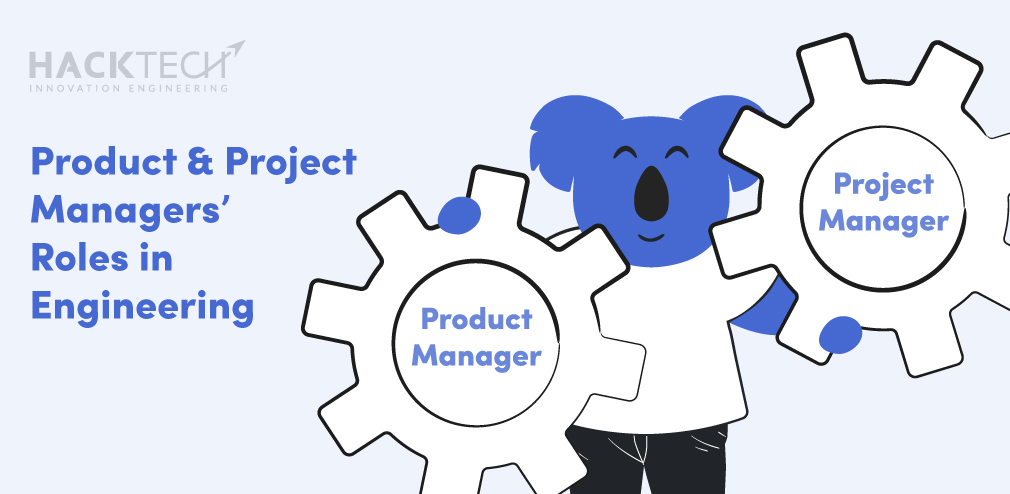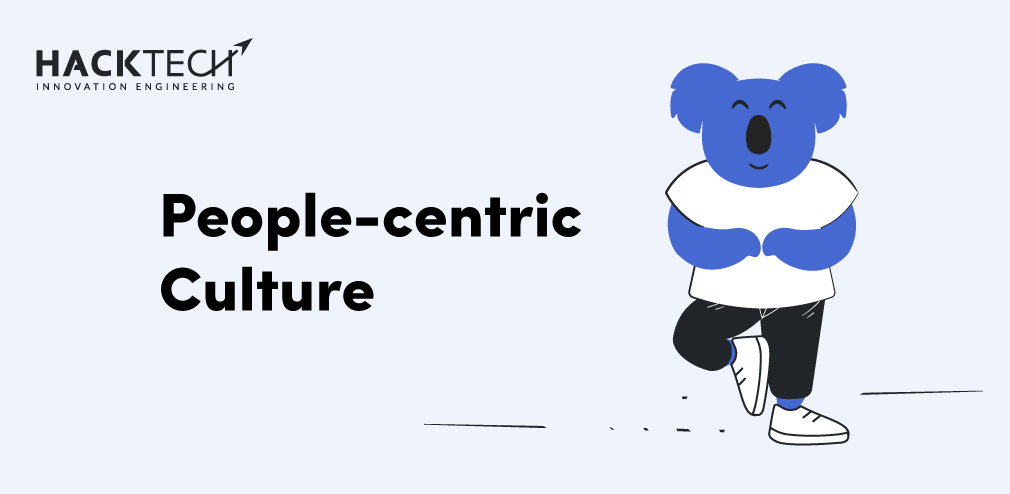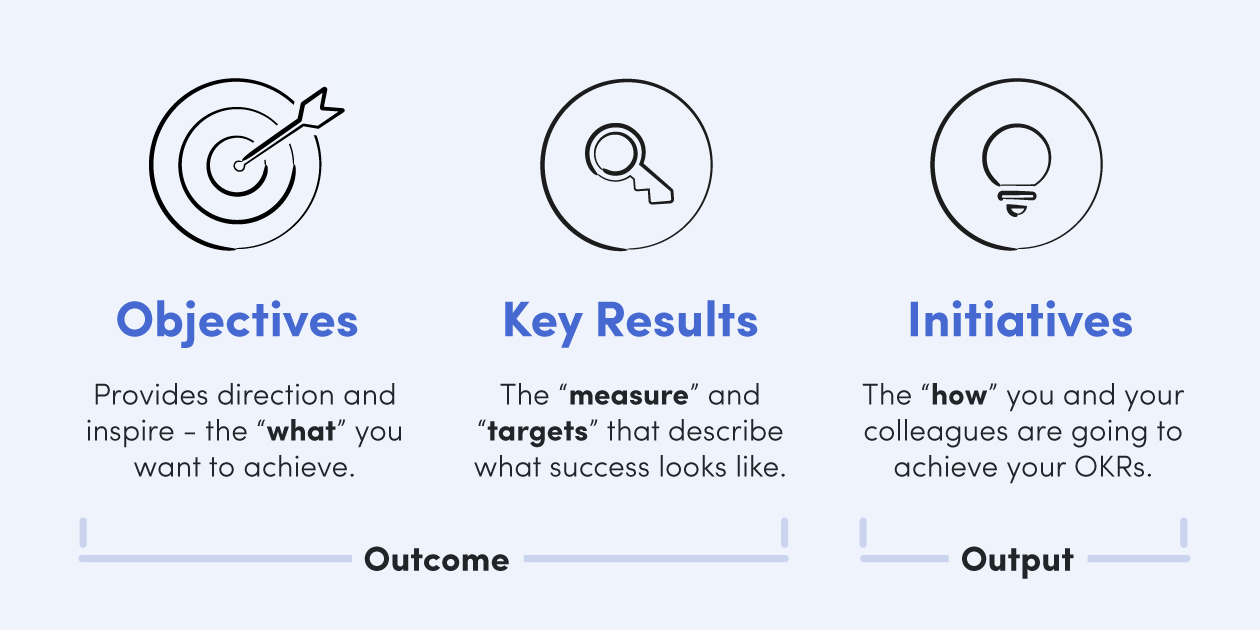Standing for “Objectives and Key Results”, OKR is a goal-effective tool for setting up the milestone you want to accomplish. Basically, it is a methodology used by companies for creating challenging but measurable goals and executing the strategy of achieving them.
Focusing on the outcome, the framework helps to accomplish goals by creating transparency and a clear work system.
Still sounds too complicated? Don’t even worry about it, we are here to take you through each notion and explain how the whole thing works.
So What is OKR Exactly?
Working as a goal-setting framework used by companies, teams and individuals, OKRs help to set clear, measurable goals and easily track their outcomes.
The Objectives and Key Results system consists of:
- Objective – It is the description of the final goal you want to complete. Objectives must be precise and action-oriented, not very technical, so everyone can understand and implement them. It should always be measurable, having numerical value to determine the scale of success.
- Key Result – Helps to identify and monitor possible ways of getting to the purpose. Effective KRs are measurable and realistic metrics required to achieve the aim. Mainly it serves as a sign showing how close you got to the goal. By the time of completing all the KRs, the aim should be achieved.
- Initiative – Tasks and projects designed to help achieve the Key Result. It is the idea of what steps would lead to a better solution.
In other words, the objective is your final destination, the Key Result shows whether you are in the right direction, and initiative is the steps you take to get going.
Created by Andrew Grove in the late 60s, the management framework was designed and developed as an ultimate way of measuring progress and is now implemented by giants such as Google, Netflix, Allbirds and many more.
Example of an OKR
Imagine setting up an objective of becoming one of the best workplaces in your country with the finest ecosystem and the best corporate culture.
The KR is reaching the top five in the list of the best companies to work for within a year, and the initiative would be hiring a people and culture manager to start the journey.
What Are the Benefits?
From the business point of view, companies using this tool are proved to be more effective, establishing better performance and, as a consequence, higher sales.
Focusing on alignment and full transparency, the framework has a significant role in strengthening employee engagement and increasing performance with its time-bound and measurable structure.
Hence, executed properly, OKR is a powerful instrument for connecting the daily work to the company’s final point, increasing employee engagement and setting actionable goals.
